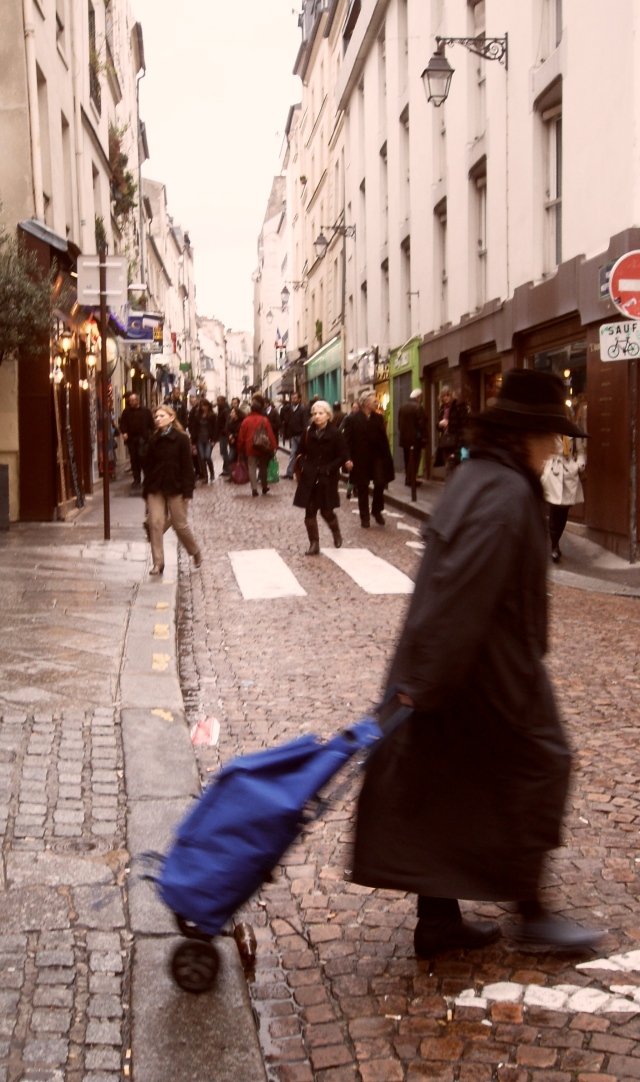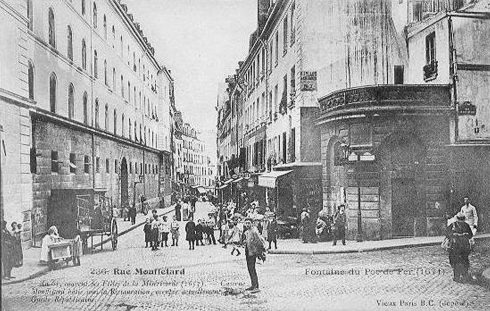Posted by Diana Caudill
On the last page of Just Like Tomorrow, Faïza Guêne’s Doria makes one of the most ironic statements contained in the entire book: “I’m getting way too political.” This is part of the last sentence of the book; it sticks out because it expresses something that we may not have noticed while reading it–that is, that Just Like Tomorrow is not as political a book as we would believe it to be, at least not at the surface. Faïza Guêne’s tale of the banlieue is a surprisingly apolitical account of this potently political subject.
The New York Times review describes Doria as, “A 15-year-old Muslim girl living in a housing project outside Paris.” When we read a description like this, what resonates with us? Most likely, the words “Muslim” and “housing project.” This, to me, sums up the tone of the book as being very political, probably because the press generally mentions these terms in dramatic, political contexts. Guêne, however, has managed to keep her account relatively uneventful. Yes, there are social workers and literacy courses, but no riots, no accounts of police beatings, and no particularly dismal portraits of their living environment. On the surface it is a story about a 15-year-old girl experiencing what is, for her, a very normal year.
Why, then, do we think of the book as being so politically charged? Part of this is due to the year in which it was released, only a short time after the violent riots in the French suburbs. And part of this is simply due to the fact that reviewers have a tendency to dramatize the theme of the book because they are attempting to explain it in so few words; it is difficult to communicate just how melancholy and un-dramatic the book can be at times, when they could be focusing (as the New York Times review did) on the dramatic socioeconomic circumstances of Doria’s family, paired with the “bitter” nature of her commentary, and Guêne’s personal ethnic background. These polemic topics make for a more interesting summary, even if they are not really those that stick with you when you’ve finished the book.
For all its predominantly apolitical nature, Guêne does put Just Like Tomorrow in a political context to a certain extent; however, it doesn’t occur until the last paragraph– the one in which she mentions La Haine. Doria states:
“I’ll lead the uprising on the Paradise estate… But I wouldn’t want a violent uprising, like in that film La Haine which doesn’t exactly end happily-ever-after. It’ll be a smart revolution with nobody getting hurt, and we’ll all rise up to make ourselves heard.”
It is clear that Guêne is trying to draw a comparison between her representation of the banlieue, and that of this movie. The passing mention of La Haine reminds the reader, if they are familiar with the movie, that this book is not steeped in the harsh realities of the banlieues that other “voices of the banlieue” tend to focus on. Guêne may want to communicate that she is aware of what she is doing–that it is no mistake that she has left out the “violent” aspects of the suburbs. I personally believe this comparison is drawn to make the point that, yes, she is aware that the banlieue is normally construed as scary and violent, and that there are truths to the fact that its residents are not happy with their current state; however, these portrayals of the banlieue have been done, and she wanted to show a different side of life there–that most of the time, it is business as usual, and nothing particularly dramatic is going on.
Work referenced:
New York Times Review: “Catcher in the Rue” by Lucinda Rosenfeld


